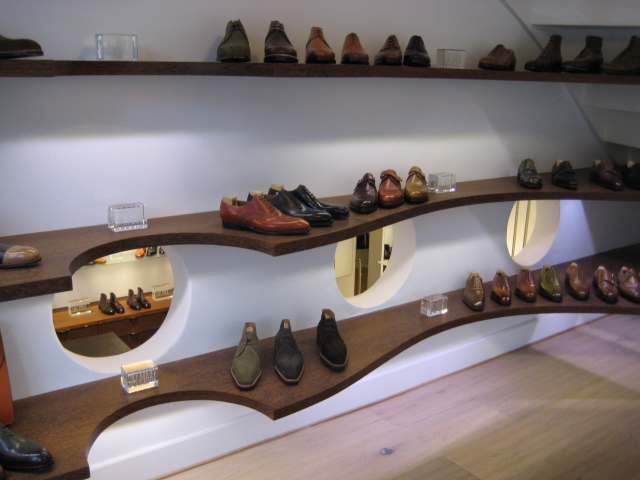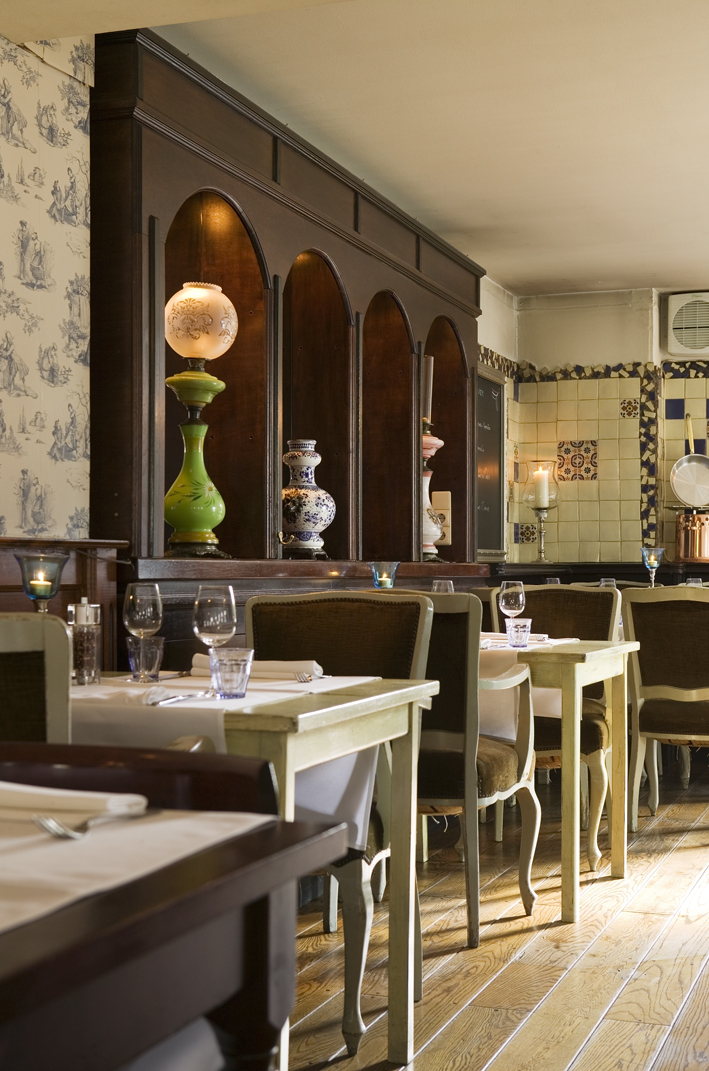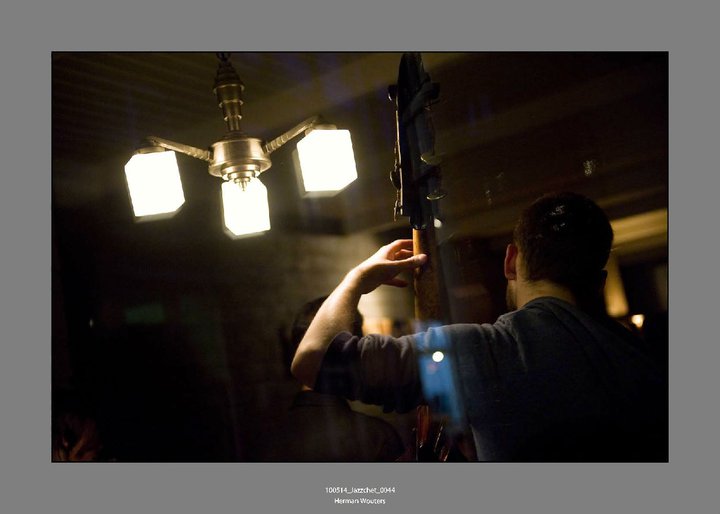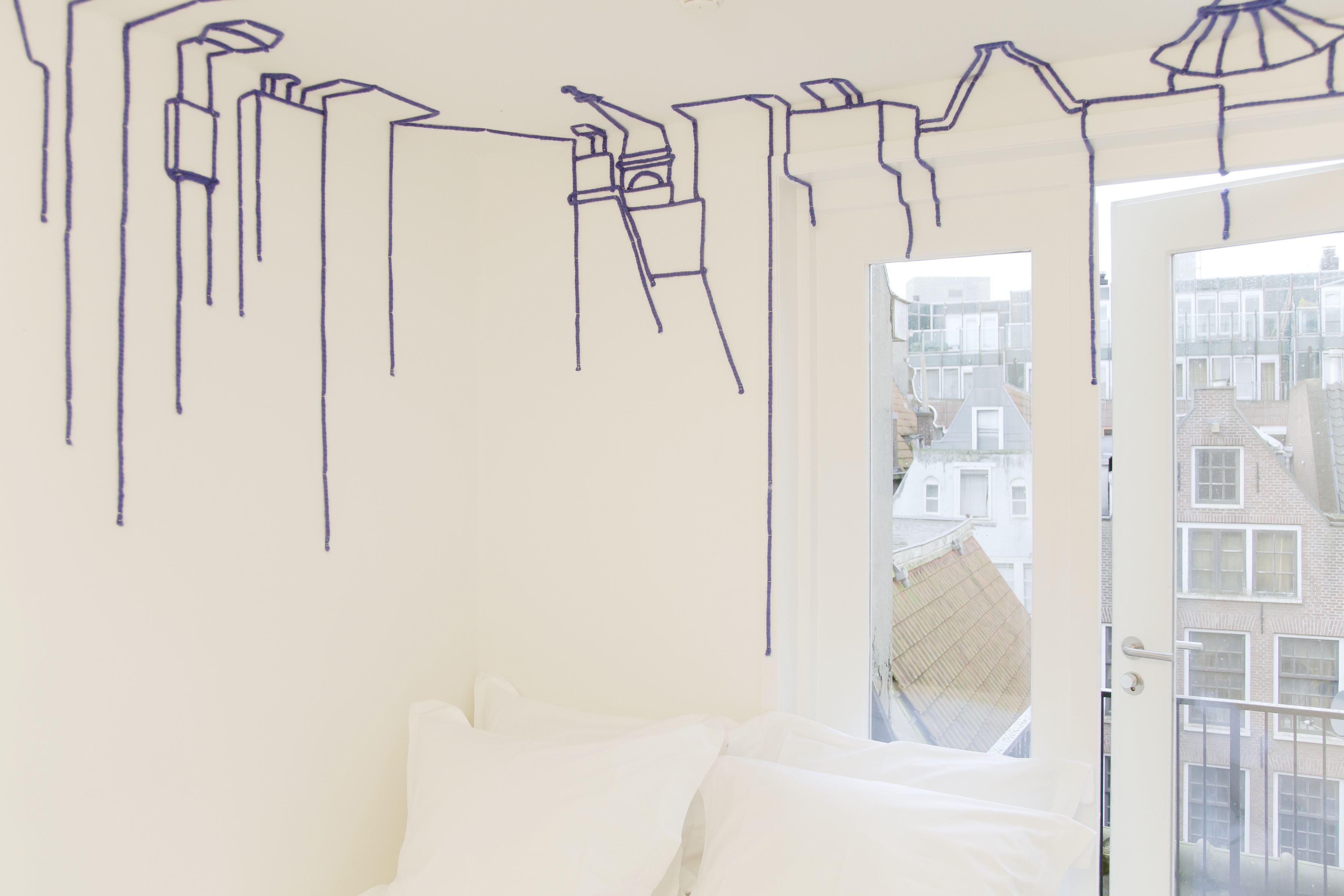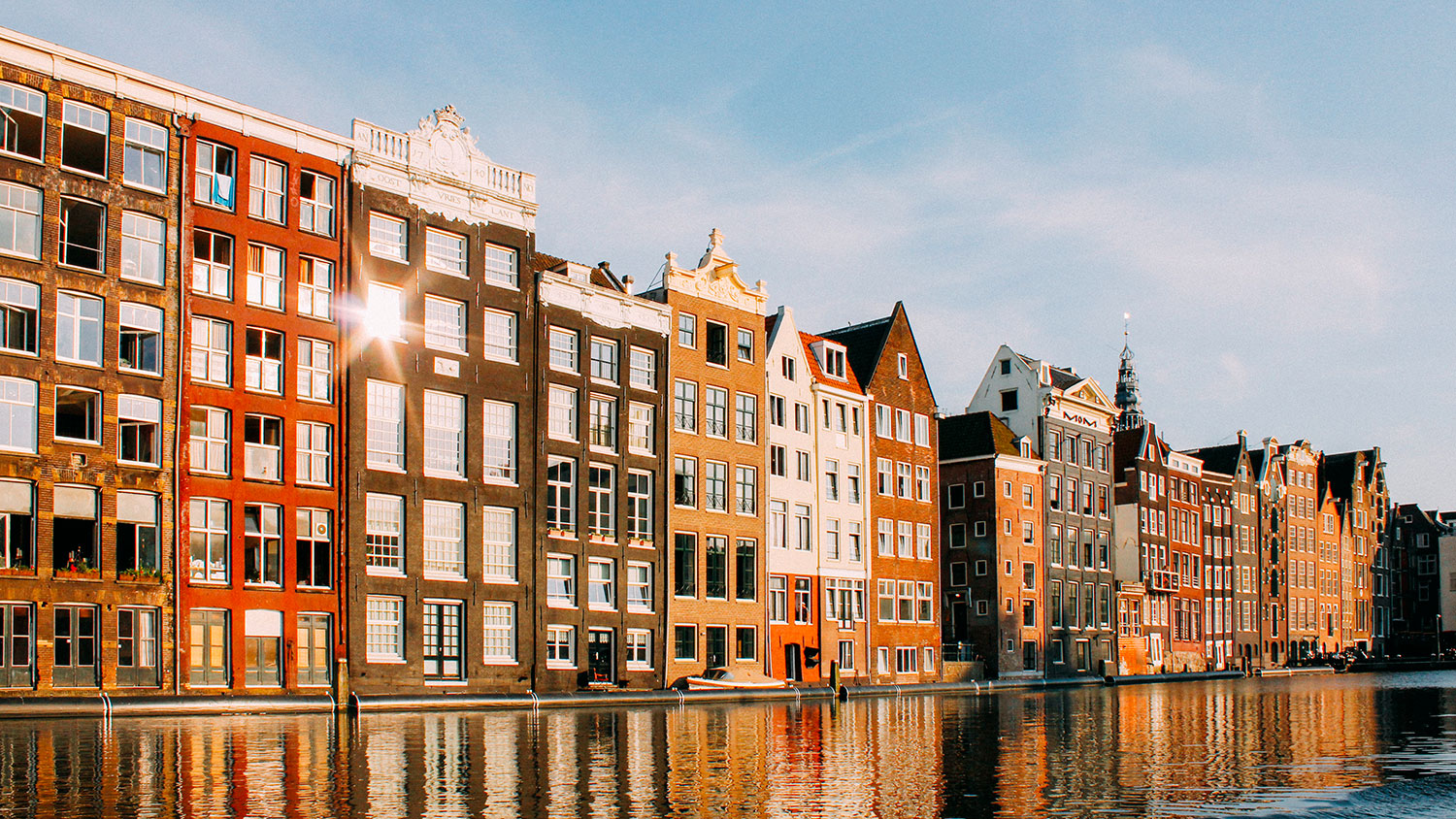Though Amsterdam may be recognized foremost as a hedonist’s heaven, the indigenous design scene beckons with its cutting edge awesomeness. While we appreciate seeing the modern aspects of this capital city, we are Americans and need to see Ye Olde things too. Here is our Amsterdam travel guide that melds the best of both worlds.
PLAY
Exploring the city by bicycle is an absolute must. Bike City located in the heart of the trendy Jordaan district are reliable and reasonably priced and ready to disguise the tourist in you with only traditional Dutch bikes on offer.
We are also big fans of the canal tours because, hey, it’s Amsterdam and they have canals. But avoid the big touristy boats and check out these small boats that can get to areas the big boys can’t. You can’t come to Amsterdam without exploring the Rijksmuseum. Go there to peruse the great Dutch old masters.
In Amsterdam for a while? Take a 15 minute train ride to the charming Medieval town of Haarlem and visit De Jopenkirk which is a beer hall in a former church.
SHOP
Once you’ve mastered the pedaling, head straight to SPRMRKT, Amsterdam’s most prestigious concept store for an awe-inspiring selection of homegrown and German menswear labels including Aviatic and Helmut Lang. Avant garde clothes may not be your thing but it’s still worth checking out to see what is happening in the Dutch menswear world
Located within retail hotspot the Nine Streets , the Hartenstraat strip is also noteworthy for innovative menswear stores. Cycling along the busy strip you’ll find heritage footwear and accessories as well as cobbling and tailoring services at Sir Max, and smart and quirky European menswear at Lock Stock & Barrel.
EAT & DRINK
For a forward-thinking dining experience, head to De Kas near the amazing Frankendael Park. Translating in English to mean greenhouse, the huge arboretum houses some of the freshest organic produce in the city. Dishes vary each day depending on what looks good in their very own garden but expect a veg-heavy rural Mediterranean vibe.
For something to sink your teeth into, the menu at Greetje modernizes traditional Dutch cuisine almost beyond recognition. Willfully commit carbocide with bread and meat-flecked goose fat and lashings of steaming stamppot, a potato and vegetable mash. (you win a prize if you use the word ‘boterham’ whist ordering during one of your dining experiences)
Despite the city’s many nocturnal prospects, The Manual suggests a civilized nightcap at Bar Oldenhof. We appreciate this gentlemanly spot for their craft cocktails, micro brews and oak paneled clubby atmosphere. Boozy bicycle ride back to the hotel optional.
SLEEP
With a bevy of design hotels on offer, selecting an unobtrusive yet suitably stylish pitstop can be a little daunting. The Manual recommends The Exchange on the buzzing Damrak strip, where experimental design meets contemporary white space in a happy, affordable union. Each of the 61 rooms comprises a tailor-made design cultivated by graduates from the Amsterdam Fashion Institute and the results are utterly inspiring.
- 8. Amsterdam
